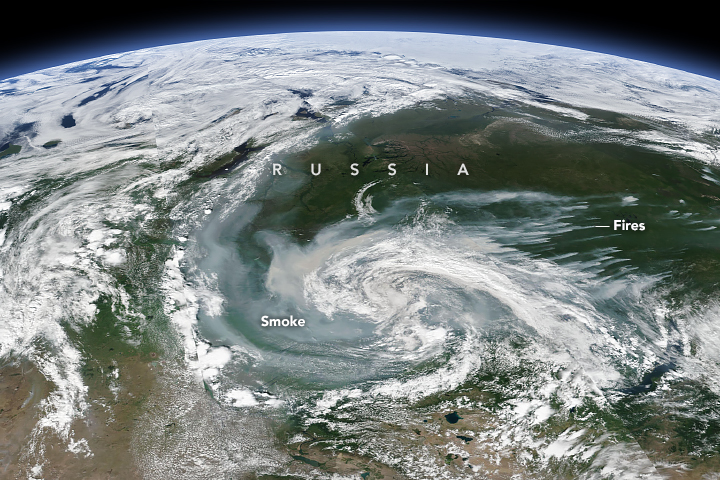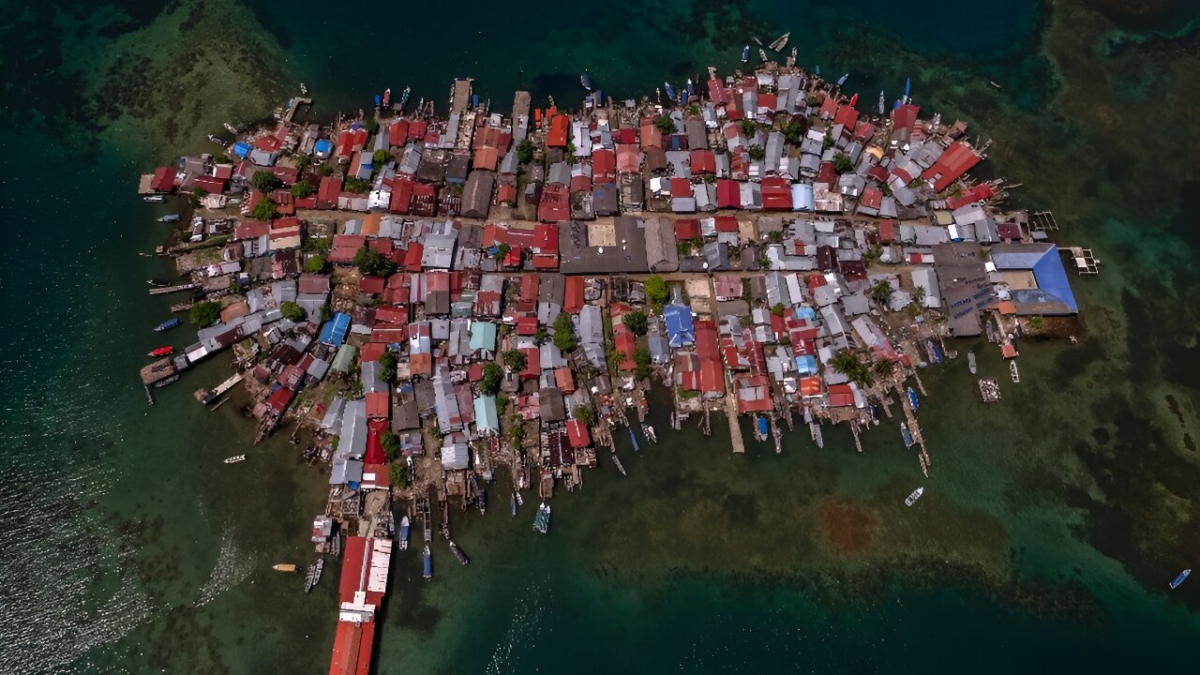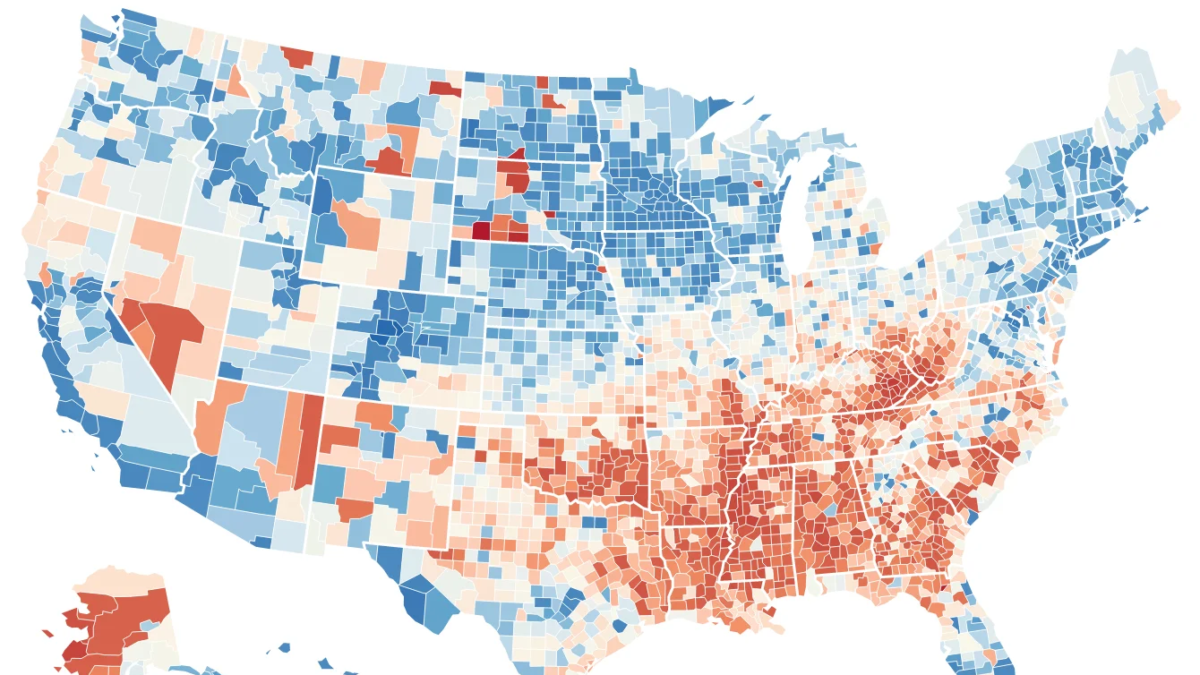Watching Earth burn – “The war has started. We’re losing.”

By Michael Benson
28 December 2020
(The New York Times) – I have a pastime, one that used to give me considerable pleasure, but lately it has morphed into a source of anxiety, even horror: earth-watching.
Let me explain.
The earth from space is an incomparably lovely sight. I mean the whole planet, pole to pole, waxing and waning and rotating in that time-generating way it has, and not the views from the International Space Station, which is in a low orbit about 200 miles up and gives us only part of the whole.
My earth-watching, made possible by NOAA and Colorado State University websites, originates in three geostationary weather satellites parked in exceedingly high orbits above the Equator. Despite their seemingly static positions, GOES-16 and 17, two American satellites, and Himawari-8, a Japanese one, are actually whizzing through space at 6,876 miles per hour. They do so to remain suspended imperturbably over the Ecuadorean-Colombian border, the Eastern Pacific, and the Western Pacific respectively. At 22,236 miles above sea level, they are in effect falling around Earth at the exact pace it turns. […]
Last winter, for example, Australia experienced one of the worst brushfire seasons in its history. On the first Sunday of 2020 I decided to take a look. Himawari-8 revealed a vista as spectacular as it was unnerving. A giant furnace door had seemingly been pried open. A plume of smoke extended outward from the continent’s southeastern quarter, a region twice the size of Texas where flame vortexes had been spiraling 200 feet into the air. Carrying the color of the land it came from, that noxious exhalation bore the residue of a billion or more incinerated animals and innumerable plants, baked into tinder from decades of ever-hotter summers.
As the week unfolded, I watched that plume waft eastward, passing New Zealand and stretching thousands of miles into the cobalt Pacific. There in plain sight was the result of a disaster so vast that it had already consumed 15 million acres — a figure that would rise to 46 million. Australia’s fires killed dozens of people, destroyed some 5,900 buildings, and quite likely rendered some of the country’s endangered species extinct. With shocking iconographic precision, that unfurling banner of smoke said: The war has started. We’re losing. […]
In the year’s third quarter, the scorching southern summer of 2019-2020 migrated northward under an ever-denser mantle of gaseous fire-accelerant — the carbon dioxide and methane belched ceaselessly forth into earth’s apple-skin atmosphere from 1.4 billion exhaust pipes and hundreds of thousands of factory stacks.
By late summer, much of the United States’ Pacific Coast was ablaze, and I watched both North and South America with mingled disbelief and consternation. Seen via GOES 16 and 17 throughout late August and early September, the entire Western Hemisphere was wreathed in blue-gray smoke — an alarming sight in which large areas of both continents were visible only through thick fumes from burning vegetation.
By contrast with the West Coast, South America’s fires were the result of a willful slash-and-burn assault on the world’s largest remaining tropical forests and wetlands. Egged on by the rapacious policies of President Jair Bolsonaro of Brazil, predatory agricultural, logging, and mining interests had set his country ablaze. By late September the already hellish 2019 escalation in deliberately set forest fires had been exceeded by 28 percent, with more than 44,000 outbreaks recorded in the Amazon and Pantanal this year. [more]


